Resilient survivors, the redwoods show us a path to healing and hope
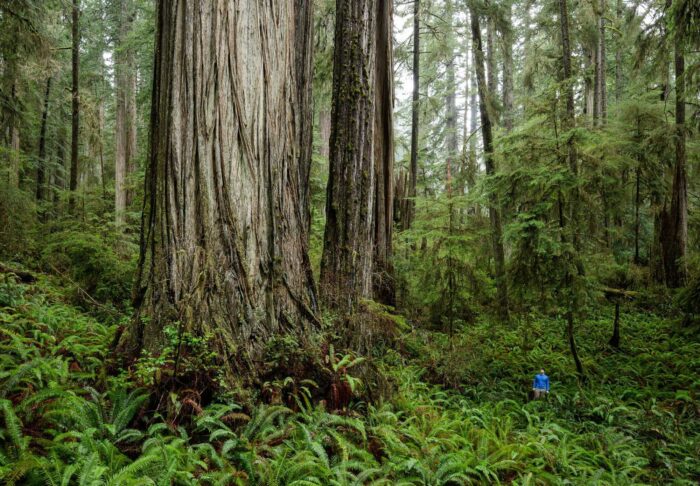
I have been thinking about grief a lot lately. To be sure, this is not my comfort zone—not that it would be for anyone, but my default is to focus on the bright side. Yet even those of us who wear rose-colored glasses must contend with sorrow. The sudden passing of someone dear, the devastation of wildfires and other disasters, the constant fear and loss that fills the news these days—grief finds its way into our hearts.
If there is one thing people say about navigating pain and loss, it’s that everyone reacts and processes differently. There is no playbook or one-size-fits-all approach. But in time, we each can hope to find that which brings us solace. And it shouldn’t surprise anyone that my go-to remedy is the redwood forest.
In the protected East Bay watershed near my home, there is a trail that winds through towering second-growth redwoods. I have returned to this trail so often that I recognize individual trees—and convince myself that they recognize me. All of them have grown from the stumps of ancient giants that were felled to construct the Bay Area’s cities more than 100 years ago. They are the “young” stems of individual trees that have been growing for tens of thousands of years, silently carrying out the work of stabilizing the soil, shading the streams, cleaning the air, and inspiring me to put down whatever I am carrying. There is a particular resilience that I take from these visits, and I confess that I have been going back a lot recently.
There is something about the longevity of redwoods, almost verging on immortality; their unfathomable heights, with branches “reaching to the arch of heaven.” Each ancient tree seems to exhibit a tangible will to survive, bearing the scars of a thousand fires and storms with patient majesty. Here is nature’s prescription for heartbreak and woe: a hushed stillness, the smell of damp earth, infinite shades of green.
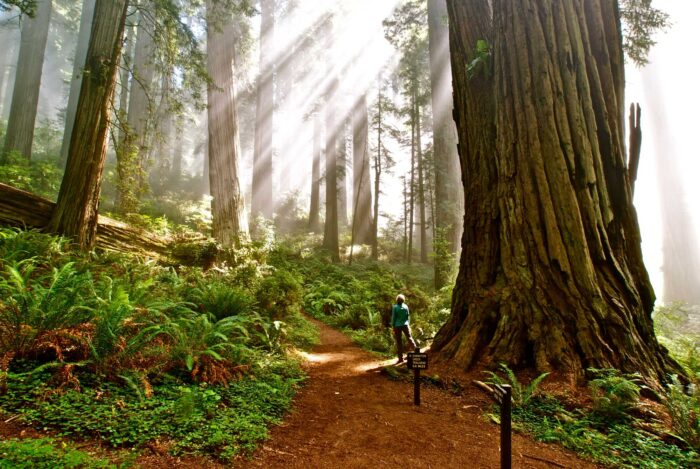
I believe the redwoods are the truest possible demonstration of the power of nature to soothe the rough edges of our hearts and ease our pain. And I’m in good company. One of the best parts of my job is hearing from people around the world who share their stories of restorative pilgrimages to the redwoods. One recurring theme is how the forest helps people cope with the loss of a loved one—and shows them a path forward.
I was recently reminded of the connection between redwood forests and human healing while watching the musical Redwood. Idina Menzel’s character, suffering from terrible loss, attempts to escape her sadness and finds herself in an ancient redwood forest. The deep connection she develops with an old-growth redwood tree—and the beauty, resilience, and community she finds reflected in the forest—guides her gradual journey through despair.
It was a powerful and visually extraordinary production, completely immersing the actors and the audience in the dramatic beauty and expansive wildness of the forest. But what really hit home was the universal story of healing and transformation in nature—the therapeutic effect of connecting with something much greater than ourselves.
I remember well, speaking with a grief counselor who incorporates visits to the redwood forest in her therapy work. Her clients are typically people who have struggled to cope with loss, coming to her after traditional methods of therapy and healing have failed. When nothing else seems to work, she brings them to the redwoods to find spiritual solace and strength.
Regardless of the emotional burdens we carry or the experiences that have shaped us, there is an infusion of resilience people experience after time in the forest. There is real data confirming that a chemical reaction occurs in the brain when exposed to the beauty of nature. But we don’t need that proof to know that a walk in the redwoods calms our minds, soothes our souls, and helps to heal our broken hearts.
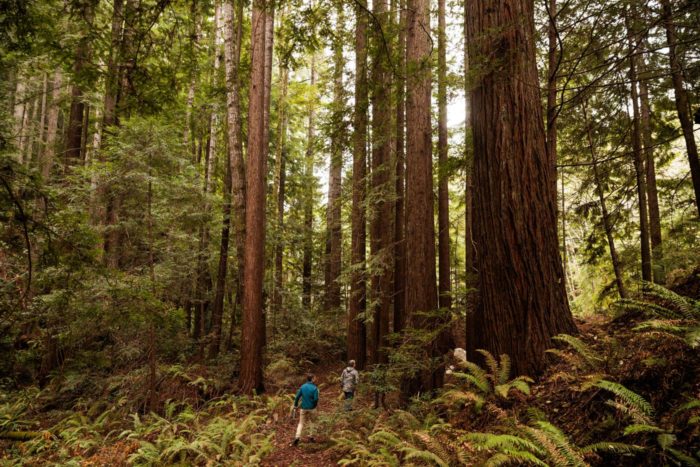
I can recall on my first day at the League, Jim Larson, the board chair at the time, took me aside and said, “Remember Sam, it is not we who are saving the redwoods, it’s the redwoods that are saving us.” When Jim passed away recently, after decades of volunteer service to the organization he loved, his children and grandchildren went together to his favorite place, Montgomery Woods State Natural Reserve. In that majestic oasis, growing with constant grace for millennia, they connected with Jim’s steady kindness and foundational strength.
Indeed, it is the redwoods that are saving us. And we need them now more than ever. For my part, I plan to spend as much time in the forest as possible in the coming months. I will be thinking about those dear to me that I have recently lost. I will take comfort in a forest that welcomes me unconditionally. And I will find inspiration in this community of strong, determined giants that have supported one another through countless storms. I hope to see you there.




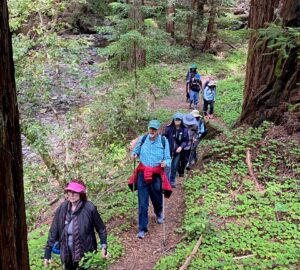
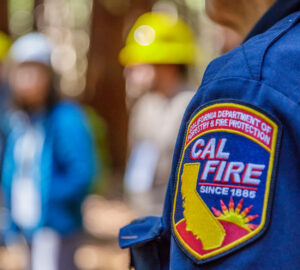
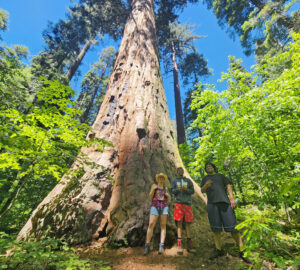
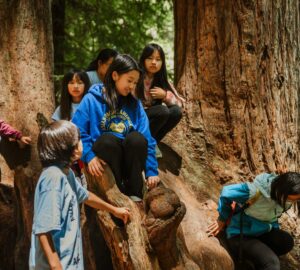
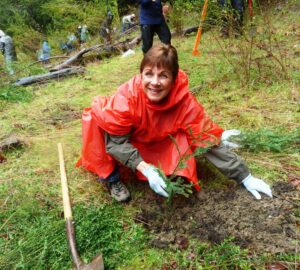
One Response to “Grief, loss, and uncertainty: How nature helps ease our pain”
Barbara Rebillot
Thank you so much Sam for this article. It brought a tear to my eye but reminded me how much I need the trees. I live in Humboldt County and have found so much to be thankful and hopeful for. I took a much needed walk through Sequoia Park today and feel so much better. Thank you again for this wonderful article!